
Jerry eBooks
No copyright  2017 by Jerry eBooks
2017 by Jerry eBooks
No rights reserved. All parts of this book may be reproduced in any form and by any means for any purpose without any prior written consent of anyone.
Albert Einsteins brain floats in formaldehyde in a Tupperware bowl in a gray duffel bag in the trunk of a Buick Skylark barreling across America. Driving the car is Michael Paterniti, a young journalist from Maine. Sitting next to him is an eighty-four-year-old pathologist named Thomas Harvey who performed the autopsy on Einstein in 1955and simply removed the brain and took it home. And kept it for over forty years.
On a cold February day, the two men and the brain leave New Jersey and light out on I-70 for sunny California, where Einsteins perplexed granddaughter, Evelyn, awaits. And riding along as the imaginary fourth passenger is Einstein himself, an id-driven genius, the original galactic slacker with his head in the stars.
Part travelogue, part memoir, part history, part biography, and part meditation, Driving Mr. Albert is one of the most unique road trips in modern literature. With the brain as both cargo and talisman, Paterniti perceives every motel, truck-stop diner, and roadside attraction as a weigh station for the American dream in the wake of the scientists mind-blowing legacy. Finally, inspired by the man who gave a skeptical world a glimpse of its cosmic origins, this extraordinary writer weaves his own unified field theory of time, love, and the power to believe, once again, in eternity.

Published by
THE DIAL PRESS
Random House, Inc.
1540 Broadway
New York, New York 10036
Copyright 2000 by Michael Patemiti
All rights reserved. No part of this book may be reproduced or transmitted in
any form or by any means, electronic or mechanical, including photocopying,
recording, or by any information storage and retrieval system, without permis-
sion in writing from the Publisher, except where permitted by law.
The Dial Press is a registered trademark of Random House, Inc.,
and the colophon is a trademark of Random House, Inc.
Library of Congress Cataloging-in-Publication Data
Paterniti, Michael.
Driving Mr. Albert: a trip across America with
Einsteins brain/Michael Paterniti.
p. cm.
ISBN 0-385-33300-5
1. Harvey, Thomas Stoltz. 2. Einstein, Albert, 1879-1955.
3. PathologistsKansasBiography. 4. BrainDissection. I. Title.
RB17.H365 P38 2000
6I6.07'092dc21
[B] 00-024030
Manufactured in the United States of America
Published simultaneously in Canada
Designed by Virginia Norey
July 2000
10 9 8 7 6 5 4 3 2 1
BVG
For Sara and Leo,
all the days and nights of us yet to come
And in memory of Peggy Fulton Corbett
It was a splendid mind. For if thought is like the keyboard of a piano, divided into so many notes, or like the alphabet is ranged in twenty-six letters all in order, then his mind had no difficulty in running over those letters one by one, firmly, accurately, until it had reached, say, the letter Q. He reached QBut after Q? What comes next? After Q there are a number of letters the last of which is scarcely visible to mortal eyes, but glimmers red in the distance.... How many men in a thousand million, he asked himself, reach Z after all? Surely the leader of a forlorn hope may ask himself that, and answer, without treachery to the expedition behind him, One perhaps. One in a generation.
Virginia Woolf, To the Lighthouse
Prologue u The White Rabbit
To be honest I thought the road trip would be a caper. Thats what I imagined. And I thought the old doctor was a true eccentric, which would be entertaining. And yet desire is a tricky thing. It can change a quick outing to the store for milk into a lifelong, shoeless quest through the Himalayas in search of enlightenment. It can put you on the road to Canterbury without your realizing it at first. And some version of that is what happened.
I first heard the story of Albert Einsteins brain as an urban myth too weird to believe. A friend had a friend whod heard about it from someone else living in Roswell or Sedona or somewhere like that, a bit of geographical detail that was meant to lend either credibility or incredibility to the yarn, I couldnt tell which. My friend told me about it during a commercial break while we were watching the Gulf War, which would have made me about twenty-five years old at the time. And somehow, the war and the brain conflated in my mind. Even now, when I imagine Einsteins dendrites and neurons firing as his brain lit upon relativity, I picture Baghdad, with its minarets and modern-antennaed buildings sparkling beneath thousands of phantasmagorical tracers, under Allied attack on a very dark night.
The tale went like this: Einstein died in 1955 and, during an autopsy, his brain was removed from his head, ostensibly to be studied for the keys to its genius. But then, after some years, the brain supposedly disappeared. Rumor had it that it had been cut up and parts of it resided somewhere in a garage in Saskatchewan, next to the basketballs and hockey sticks of some oil riggers kids, collecting dust. Other parts were said to belong to the doctor who did the autopsy, an odd man who had since vanished.
I loved that, the Canadian stash, the weird immortality of the brain, its allegedly bizarre keeper. As time passed, I began to repeat the story of Einsteins brain to friends and acquaintances adding my own flourishes. The old doctor with Einsteins brain now occasionally wore an eye patch or was a hunchback. Sometimes, he was pursued by secret agents or ex-lovers with an ax to grind, which kept him moving from town to town. In other versions, he was looking to sell the brain on the black market. Only later would I find out how close Id been to certain kernels of the truth.
As time passed, I thought less and less frequently about Einsteins brain, filed it in lifes arcana file. But several years later, living in New Mexico, I struck up a friendship with my landlord, a man named Steven, who randomly happened to be friends with the writer William Burroughs. A veteran of all things cool and outr, Steven often watered the flower garden in his adobe compound where I lived. When I told him about Einsteins brain, he didnt even blink. Yeah, the guy with the brain lives next to William in Lawrence, Kansas, he said.
I thought he was putting me on. He what? I said.
Yeah, he said. He used to be a pathologist. Then he kept spraying his snowdrops and daffodils with the hose, unfazed.
Like...
... lives next door? Steven said, completing my sentence. He looked at me sideways with the slightest trace of pity. Yeah, the docs a real trippy dude, but theyve hung out.
Trippy dude?
Weird cat.
Oh, trippy dude and weird cat. How weird? Weird in what way? Like Norman Bates or Boris Karloff weird, with a basement full of smoking potions and beakers of fluorescent liquid and some strange Frankenstein cloning experiment in progress? Like August Strindberg, in dementia, trying to turn lead to gold? Or weird as in culturally accepted, iconoclastically weird, a cult figure like, say, Burroughs himself, or a shaggy Indian mystic like Rabindranath Tagore?
Next page
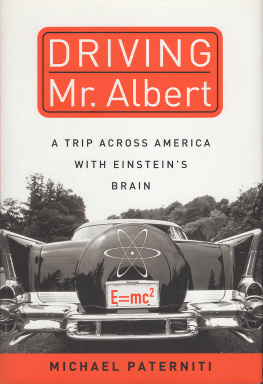


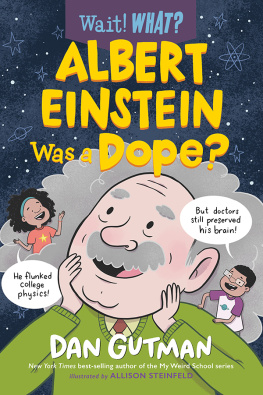
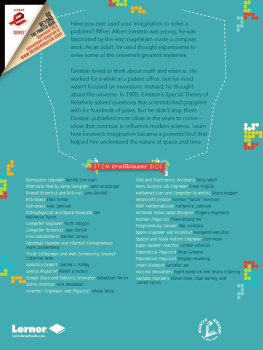
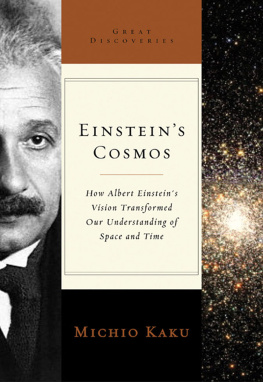
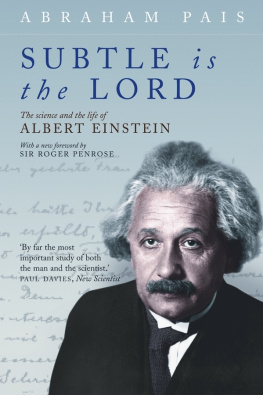
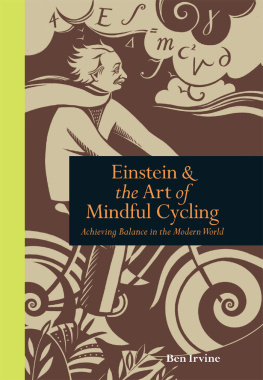

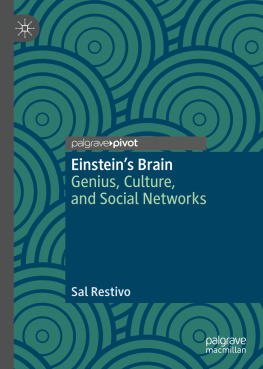

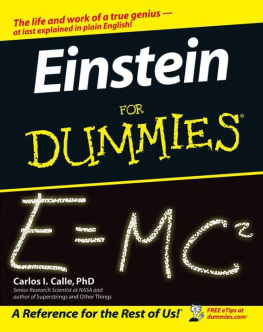


 2017 by Jerry eBooks
2017 by Jerry eBooks
